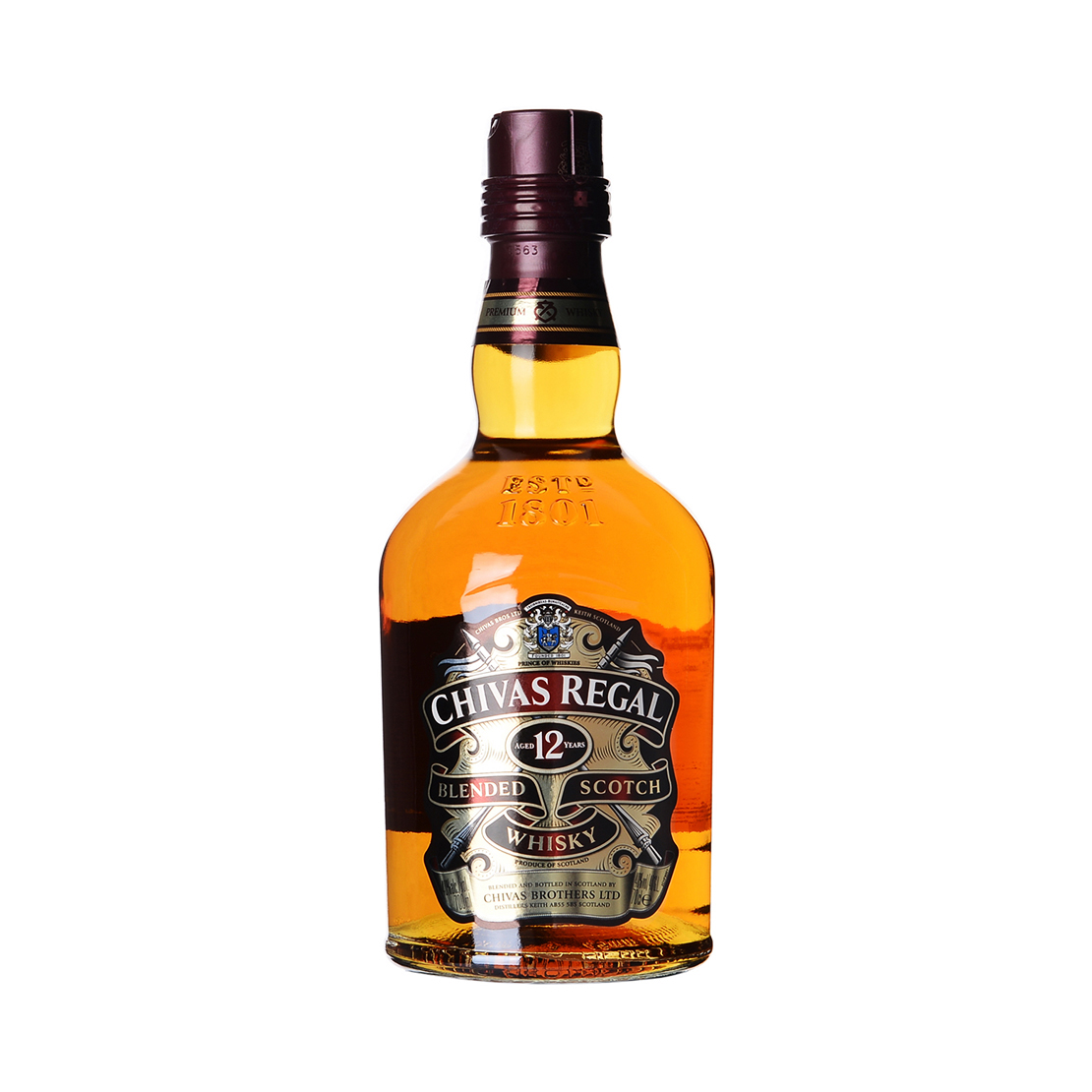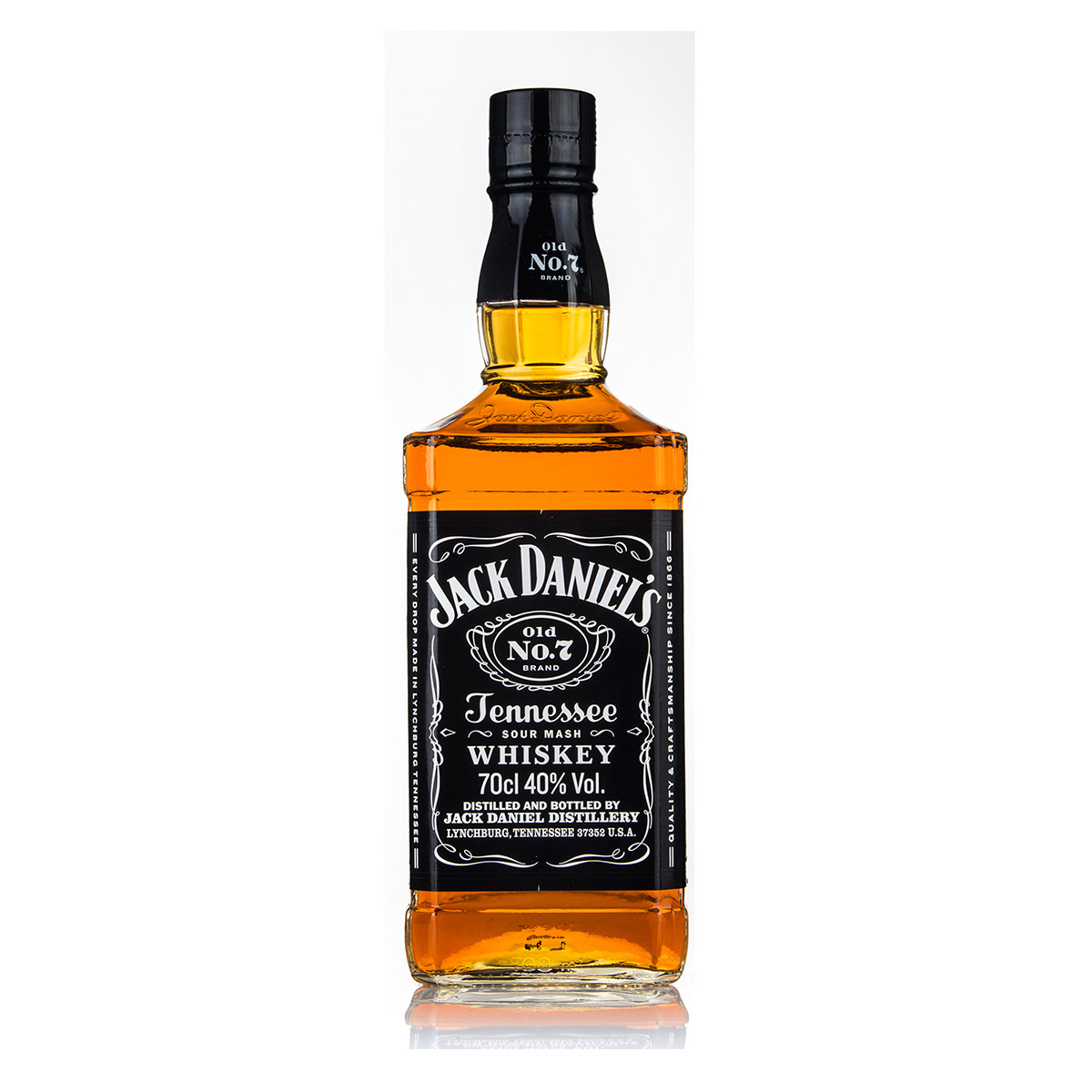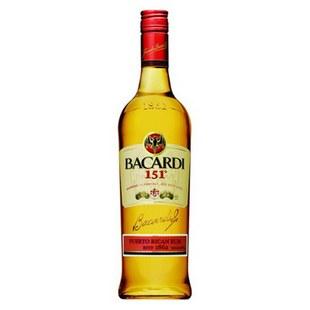It includes Liqueur, beer, wine, Liqueur and other liquors with different alcohol contents. Alcohol is made by fermentation, a process in which yeast breaks down sugars into a drinkable liquid called ethanol.
The ethanol content is between 0.5% and 75.5%, and contains certain nutrients and flavor components. There are tens of thousands of different kinds of wine in the world, and the raw materials used in making wine and the alcohol content of wine also vary greatly. In order to facilitate understanding and memory, people classify them in different ways. If the wine is classified according to the production materials, it can be divided into seven categories: grain wine, spice and herbal wine, fruit wine, milk and egg wine, plant serous wine, mead and mixed wine.
According to the raw materials, foreign distilled wine can be divided into brandy, whisky, chivas and rum.
1. Brandy: brandy is a fermented, distilled wine made from fruit. Brandy, as it is commonly known, is a wine made from grapes by fermentation and redistillation. And other fruit as raw materials, through the same method of making wine, often in front of the brandy with the name of the fruit raw materials to distinguish its kind. Brandy is often referred to as “the soul of wine”. There are many countries producing brandy in the world, but the brandy produced in France is the best known.
Famous cognac brands include remy Martin, hennessy, camus and royal deer hine.
Brandy, originally from the Dutch word Brandewijn, means “burnt wine”. In the narrow sense, refers to the grape fermentation after distillation and get a high degree of alcohol, and then oak barrel storage and wine. Brandy is a distilled wine, with fruit as raw materials, after fermentation, distillation, storage brewing. Distilled wine with grape as raw material is called grape brandy, often said brandy, refers to grape brandy. To other fruit raw materials into brandy, should add the name of the fruit, apple brandy, cherry brandy, but their popularity is far less than the former big.
Brandy is often referred to as “the soul of wine”. There are many countries producing brandy in the world, but the brandy produced in France is the best known. And in the brandy of French homebred, produce with cognac area especially the most beautiful, produce for arwen yi next (yamanek) area place. In addition to French brandy, other wine-producing countries, such as Spain, Italy, Portugal, the United States, Peru, Germany, South Africa, Greece and other countries, also produce a number of different styles of brandy. Cis countries produced brandy, quality is also very good.
· historical origin
Brandy is one of the foreign wines. The so-called foreign wine actually means western wine. Brandy is the Dutch word for burnt wine. Dutch ships carrying salt to the French coast in the 13th century brought wines from the cognac region of France to the countries bordering the north sea, where they were popular. By the 16th century, the increase in wine production and the long journey by sea had made French wines stale and unmarketable. At this time, clever Dutch merchants use these wine as raw material, processed into wine grapes, such distilled spirits will not spoil by long-distance transportation not only, and due to the high concentration makes the freight slash, grape distillation wine sales increased gradually, the Dutch in sharan will be set by the region of the distillation equipment has gradually improved, the French begin to grasp distillation technology, and its development as the secondary distillation, but at this time of wine grapes is colorless, what is now called the original brandy distilled spirits.
In 1701, France was involved in a war with Spain. During this period, the sale of grapevins collapsed and large stocks had to be stored in oak barrels. After the war, people found that the brandy stored in the oak barrels is really wonderful, mellow delicious, aromatic, the color is crystal clear, amber gold, so noble and elegant. At this point, produced the prototype of brandy production technology — fermentation, distillation, storage, also laid the foundation for the development of brandy.
Brandy originated in France, in the 12th century AD, cognac production of wine has been sold to European countries, foreign merchant ships often come to charende coastal port to buy its wine. About in the middle of the 16th century, to facilitate the export of wine, reduce shipping footprint cabin and needed by the large number of exports of pay tax, but also to avoid because of the long-distance transportation of wine degenerate phenomenon, the cognac wine merchants in the town of the wine exports after distillation concentration, and then the receiving factory water diluted in proportion for sale. This distilled wine is known as the early French brandy. At the time, the Dutch called it “Brandewijn,” which means “Burnt Wine.”
At the beginning of the 17th century, other regions of France began to follow the cognac method of distilling wine, and by France gradually spread to the whole of Europe’s wine producing countries and around the world.
In 1701, France was involved in the “war of the Spanish succession” and French brandy was also banned. The merchants had to store the brandy properly for the occasion. They use the town of cognac rich oak to make oak barrels, brandy stored in wooden barrels. At the end of the war in 1704, winemakers were surprised to find that a colorless brandy had turned into a beautiful amber color. From then on, the oak barrel aging process, cognac has become an important production process. This kind of production process, also spread to the world very quickly.
After 1887, France changed the packaging of exported brandy from wooden casks to wooden casks and bottles. With the improvement of the product packaging, cognac prices have also increased, the steady increase in sales. According to statistics, the annual export of cognac sales have reached 300 million francs.
2. Whiskey: whiskey is an alcoholic drink made from only grain. It is a distilled liquor. It is usually used as the base liquor for mixing, among which the most famous and representative whiskies are scotch whiskies, Irish whiskies, American whiskies and Canadian whiskies.
Famous whisky brands include Jim beam, four rose, white horse, wild Turkey, cutty sark, makers mar and johnnie walker
· historical origin
As of 2014, the origin of whisky is unknown, but it is certain that whisky has been produced in Scotland for more than 500 years and is generally regarded as the birthplace of all whiskies.
According to the Scotch Whisky Association, Scotch Whisky evolved from a drink called Uisge Beatha, which means “water for life.”
Scotch whisky in the 15th century, more as a cold medicine.
In the 11th century, Irish monks arrived in Scotland to spread the Gospel, bringing with them the distillation of scotch whisky.
In 1780 there were only eight legal distilleries, compared with more than 400 illegal distilleries of all sizes. They had to cut corners to make it, and the reputation of scotch whisky was getting worse.
In 1823, the British parliament enacted the Excise Act to create a relatively easy tax environment for legitimate distillers while vigorously “suppressing” illegal distillers, which greatly promoted the development of the scotch whisky industry.
In 1831, column still was introduced in Scotland, which could be distilled continuously, greatly increasing the distillation efficiency, thus lowering the price of whisky and making it more popular.
3. Chivas: the world-renowned chivas is the most prestigious premium scotch whisky. It is a blend of whiskey, is the best of the best whiskey – mellow and delicate, unique style, outstanding. With its rich, unique style and a long history of more than 200 years, chivas has become the world’s most prestigious premium scotch whisky.
Famous chivas brands include vodka vodka, Soviet red brand stolichnaya, finlandia, absolute absolut in Sweden, grey goose in France, polish snow tree beveldere, Dutch van gogh and New Zealand below 42 degrees 42below
Chivas chivas, founded in 1801 in Aberdeen, Scotland, is the world’s first producer of blended whiskies and the creator of the triple blend of whiskies. The founders were James and John chivas.
Known as the founder of “the birth of an angel”, brothers James chivas and John chivas chivas were the first to create chivas chivas, a brand representing mellow, unique and outstanding whisky. Chivas chivas 18 – year whisky is based on chivas chivas tradition. In order to demonstrate its remarkable quality, each bottle of chivas chivas 18-year scotch whisky bears the signature of Colin Scott in gold, which is a testimony to the rich, noble and elegant scotch whisky.
Chivas regal is the most prestigious scotch premium whisky in the world. The chivas regal company was founded in Aberdeen, Scotland in 1801 by brothers James and John chivas regal.
· historical origin
Chivas regal, the representative of blended whisky, has a close relationship with the British royal family. It dates back to the early 19th century, when two brothers, James “chivas” and “John” chivas, ran a grocery store in the bustling town of Aberdeen on Scotland’s North-East coast. They discovered the art of blending several flavors of wine and the secret of storing wine in oak barrels. In the autumn of 1842, queen Victoria made her first visit to Scotland and fell in love with its beautiful scenery and whisky.
The ultimate in the chivas series, “royal salute 21 whisky”, was specially brewed in 1953 to celebrate the coronation of queen Elizabeth ii. The name derives from the ancient tradition of the royal navy firing a 21-gun salute in the highest respect. The severity of the royal salute is evident in the harsh selection of oak barrels for the liquor. First, it must be strong enough to last for a long time. Second, it must have housed Spanish sherry or American bourbon. The most important thing is that the wine is aged for at least 21 years, and the impurities in the wine are carried away by the fresh air through the oak breath, while the whisky also absorbs the aroma of the oak.
After 21 years, the liquor has been reduced to only 60 percent of its original content, and a unique blend of ingredients is needed to produce a rich and complex royal salute. If you’re just starting out with whisky and are looking for something easy to get used to, CHIVAS REGEL is definitely on the list. This 12 – year – old blended whisky has a soft personality and a smooth texture. Whisky without knowing about CHIVAS REGEL and its maker CHIVAS BROTHERS LTD is like drinking a national wine without knowing about moutai. CHIVAS co-founder James CHIVAS began making his first blended whisky, ROYAL GLEN DEE, in 1841, with great success. In 1843, queen Victoria gave him the title “Purveyor of Grocery to Her Majesty.” Loosely meaning “royal supplier,” the brothers James and John Chivas officially founded Chivas BROTHER in 1857. Some of the more famous brands, such as RoyalStrathythan and Loch Nevis, began production around this time. It was around the last decade of the 19th century that CHIVASBROTHER began producing their most famous product: CHIVAS REGAL.
4. Rum: a distilled spirit made from sugarcane molasses, also known as rum, rum, or rum. Originating in Cuba, it is sweet and fragrant on the palate
Rum, is a sugar cane molasses as raw materials to produce a distilled wine, also known as sugar, rum, rum. Originating in Cuba, it is sweet and fragrant on the palate. Rum is a fermented, distilled juice made from sugar cane. According to different raw materials and brewing methods, rum can be divided into: rum white wine, rum old wine, light rum, rum often, strong rum and so on, containing alcohol 38% to 50%, liquor amber, brown, but also colorless.
· historical origin
The origin of rum is in the republic of Cuba. Rum is a traditional Cuban wine, the republic of Cuba rum is made by the master as the raw materials of sugar cane sugar sugar made of sugar cane into the white oak barrels, after many years of careful brewing, resulting in a unique, unparalleled taste, and thus become a favorite drink of cubans. Rum is a natural product made from sugar cane. The whole production process from the careful selection of raw materials, the subsequent production of alcohol distillation, sugar cane liquor aging, are extremely strict control. The quality of a rum depends on the age of the wine, from one year to several decades. The three – and seven-year versions, usually sold on the market, have an alcohol content of 38° and 40°, respectively, and are produced without heavy alcohols to preserve the pleasing aroma. The history of Cuban rum is an integral part of the history of the republic of Cuba.
Columbus came to Cuba on his second voyage to America. He brought the roots of sugar cane from the canary islands. What was unexpected was that the roots replaced the gold that had come to the island, which the natives called Cipango.
In an essay in memory of Pope Ferdinand and Pope Isabella, someone wrote: “the cut sugar-cane is planted in the soil one by one and grows into a large piece.” Cuba’s climate: rich soil, water, and sunlight allowed newly planted crops to grow around the Indian chiefs, and sugar cane to grow on the island.
The first tools the indians used to make cane juice were called La Cunyaya. Then came sugar mills powered by animals (horses and cattle), then sugar mills with further use of high-power hydraulic equipment, and finally modern sugar mills. The original labor force was replaced by black slaves brought from Africa and became an important factor in the development of the sugar industry in the republic of Cuba. In 1539, in the edict of king carlos v, there appeared some products of sugar industry, such as white sugar, crude sugar, pure sugar, refined sugar, scum, refined scum, sucrose paddle, sucrose honey, etc.
The French missionary Jean Baptiste Labat 1663-1738 saw “the aboriginal people, the negroes and a small number of the inhabitants of the island in their primitive state of life, making a pungent and strong drink out of sugarcane juice. After drinking can make people excited and can eliminate fatigue. This drink is made by fermentation. Europeans have known this method since the 18th century. After the pirates, traders came to Cuba. One of them, Francis. Drake is best known for calling a popular drink based on sugar cane shaoxing a Draque.
Cubans said sugarcane liquor, is made from sugarcane juice fermented liquor, in the Antilles, Colombia, Honduras and Mexico are making the shochu, are made from sugar cane molasses by fermentation, the difference is that the republic of Cuba rum clear transparent, with a pleasant fragrance, Cuban rum is a feature of the production process.
In 1791, Cuba monopolized sugar exports to Europe after riots by Haitian slaves destroyed sugar mills.
The middle of the 19th century, with the introduction of the steam engine, the sugar cane plantations and rum factory increased in the republic of Cuba, Cuba in 1837 laid the railway, the introduction of a series of advanced technology, there are related with the brewing technology, Spanish colonial decided to adopt measures to vigorously develop the sugar industry of the republic of Cuba allowed the export of the republic of sugar.
The introduction of new technology changed the production process. Cuba produces a low-alcohol rum – a fine, mellow rum with a long, lingering taste. Drinking rum has become a part of daily life in Cuba. The main producers are Havana, cardenas, cienfuegos and Santiago DE Cuba. Mulata, San Carlos, Bocoy, Matusalen, Havana club, Arechavala and Bacardi increased production dramatically after Cuban entrepreneurs replaced handmade wines with batch production.
From 1966 to 1967, all rum exports from Cuba since then have been labeled with a provenance quality assurance label to indicate the high quality and authenticity of the rum. There are nine brands of this rum, such as mixed girl, Santero… And so on.
Post time: Dec-09-2019




